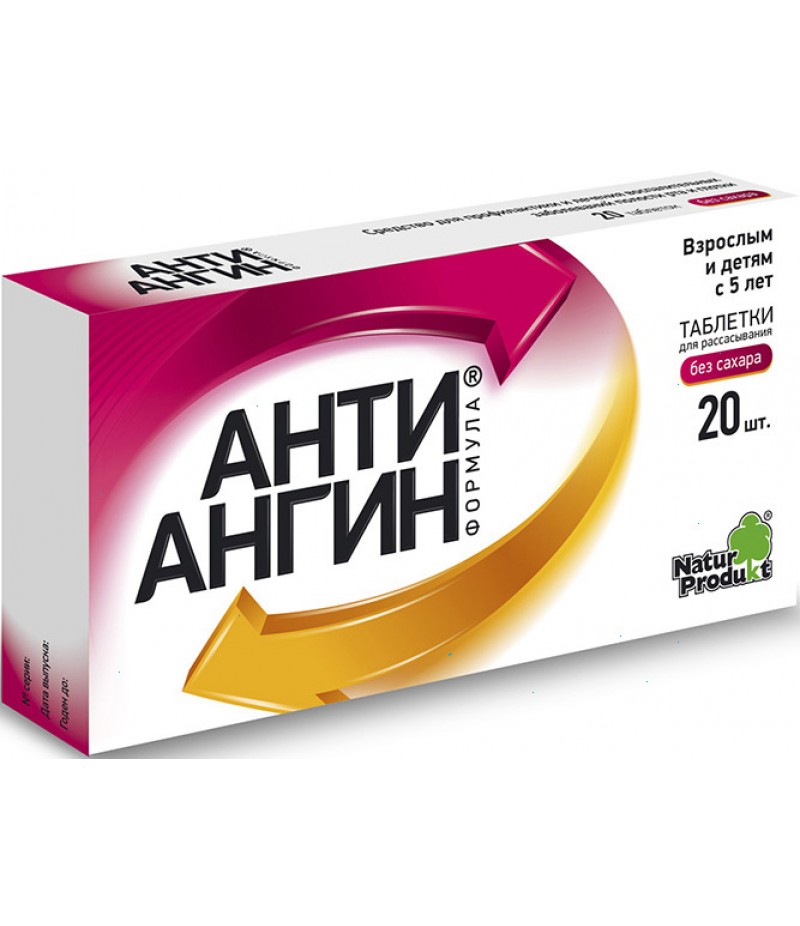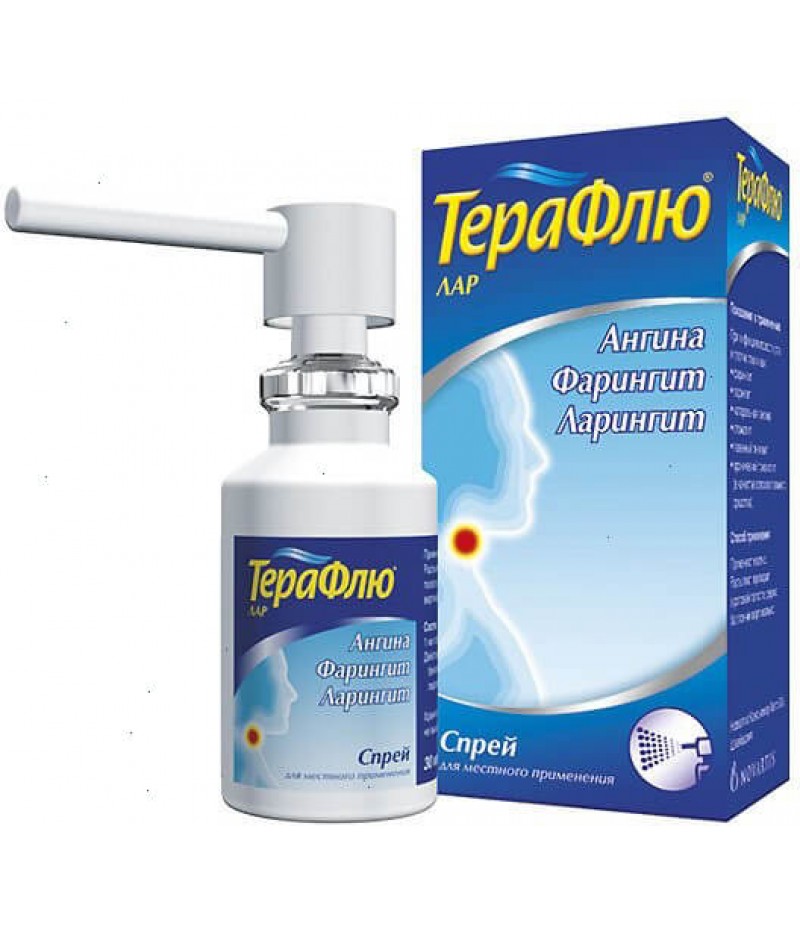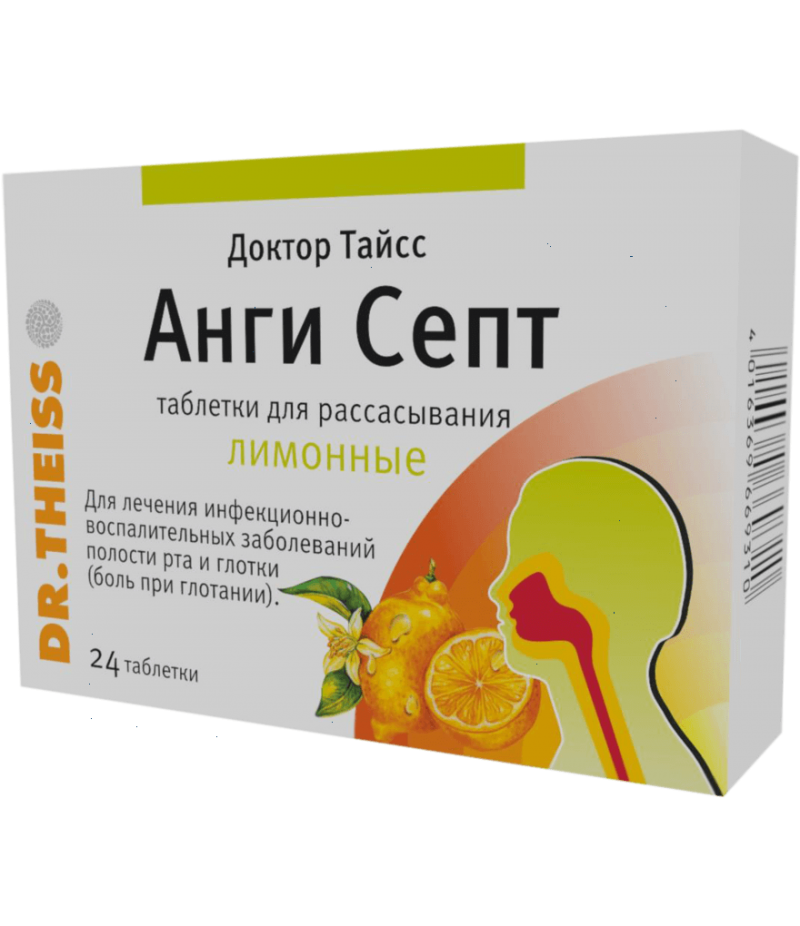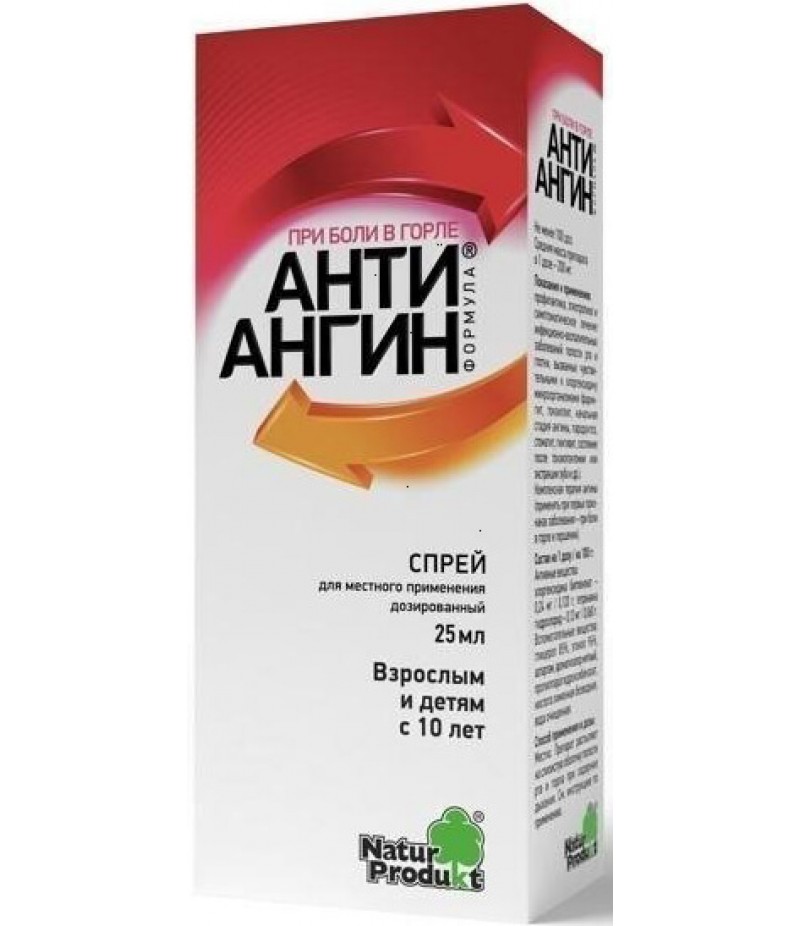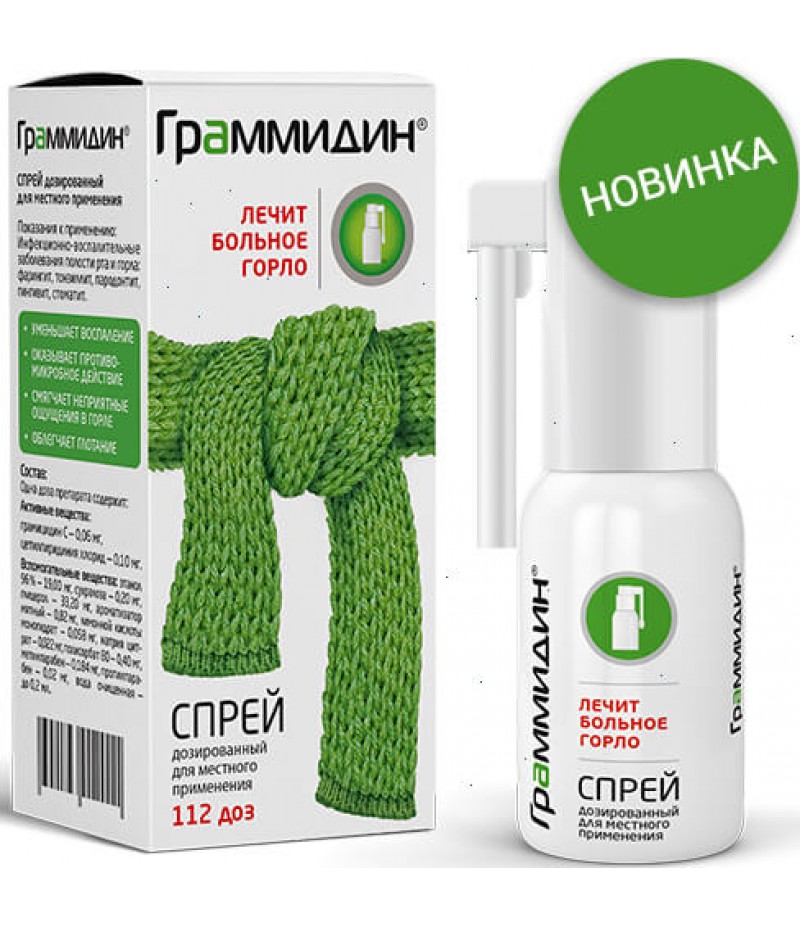Anti-Angin formula #24
- $10.66
- 3 or more $10.21
- Availability:In Stock
Anti-angin instruction for useReed more and buy Anti-anginClinical and pharmacological groupThe drug with antimicrobial and local anesthetic action for topical application in ENT practice and dentistryForm of release, composition ..
Anti-angin instruction for use
Reed more and buy Anti-angin
Clinical and pharmacological group
The drug with antimicrobial and local anesthetic action for topical application in ENT practice and dentistry
Form of release, composition and packaging
The tablets for resorption are flat, with a beveled edge, from pale pink to reddish pink with lighter and darker blotches, with a specific smell, with an NP engraving on the background of the wood on both sides of the tablet.
1 tab.
ascorbic acid 50 mg
chlorhexidine diacetate 2 mg
tetracaine hydrochloride 200 μg
pharmachologic effect
The antibacterial action of chlorhexidine is carried out due to non-specific binding to phospholipids of bacterial cell membranes. Chlorhexidine may have bactericidal and bacteriostatic effects, mainly against gram-positive bacteria and Candida albicans, and to a lesser extent against gram-negative bacteria. Chlorhexidine is especially active against Streptococcus muians, Streptococcus salivarius, Escherichia coli, Selenomonas spp. and anaerobic bacteria. The drug is significantly less effective against such microorganisms as Streptococcus sanguis, Proteus, Pseudomonas, Klebsiella veillonella.
Anesthetic tetracaine has a local anesthetic effect.
Ascorbic acid is a cofactor in the process of collagen synthesis and tissue regeneration, strengthens immune responses and reduces the permeability of capillaries, thereby helping to reduce inflammation and edema of the mucous membranes of the mouth and pharynx.
Indications
- prevention and treatment of infectious and inflammatory diseases of the mouth and throat (stomatitis, gingivitis, tonsillitis, pharyngitis, periodontitis, the initial stage of angina, a condition after tonsillectomy or tooth extraction, etc.).
Contraindications
- hypersensitivity to the components of the drug;
- Children's age till 5 years;
- I trimester of pregnancy.
With caution: in the II and III trimesters of pregnancy according to the doctor's prescription, lactation period, diabetes mellitus, deficiency of glucose-6-phosphate dehydrogenase, hemochromatosis, sideroblastic anemia, thalassemia, hyperoxaluria, oxalosis and kidney stone disease.
Dosage
Locally. Keep in the mouth until completely absorbed.
Adults and children from 15 years: 6 tablets a day at intervals of 2 hours. Children from 5 to 10 years: 3 tablets a day with an interval of 4 hours. Children from 10 to 15 years: 4 tablets a day with an interval of 3 hours.
Side effects
Allergic reactions.
Intensive consumption can cause damage to the tooth enamel.
Overdose
Symptoms of overdose: dizziness, general weakness, cyanosis, agitation, anxiety, muscle tremor, respiratory failure, nausea, vomiting.
Treatment: gastric lavage, the appointment of salt laxatives; symptomatic therapy.
Drug Interactions
Tetracaine reduces the antibacterial activity of sulfanilamide preparations. Vasoconstrictors extend the effect and reduce the toxicity of tetracaine. Ascorbic acid increases the concentration of benzylpenicillin and tetracyclines in the blood, increases the risk of developing crystalluria in the treatment of short-acting salicylates and sulfonamides, and reduces the concentration of oral contraceptives in the blood.
special instructions
It is not recommended to apply simultaneously with drugs for the treatment of the oral cavity and pharynx containing iodine (Lugol's solution, povidone-iodine).
Ascorbic acid, which is part of the drug, can change the results of some laboratory tests, which should be reported in the analysis.
Pregnancy and lactemia
Contraindicated in the first trimester of pregnancy. With caution in the II and III trimesters, and also during lactation.
Application in childhood
Contraindicated for children under 5 years.
In case of violations of kidney function
With caution in hyperoxaluria, oxalosis and kidney stone disease.
Conditions of leave from pharmacies
Without recipe.
Terms and conditions of storage
In a dry place at a temperature of no higher than 25 ° C Keep out of the reach of children! Shelf life - 3 years.

